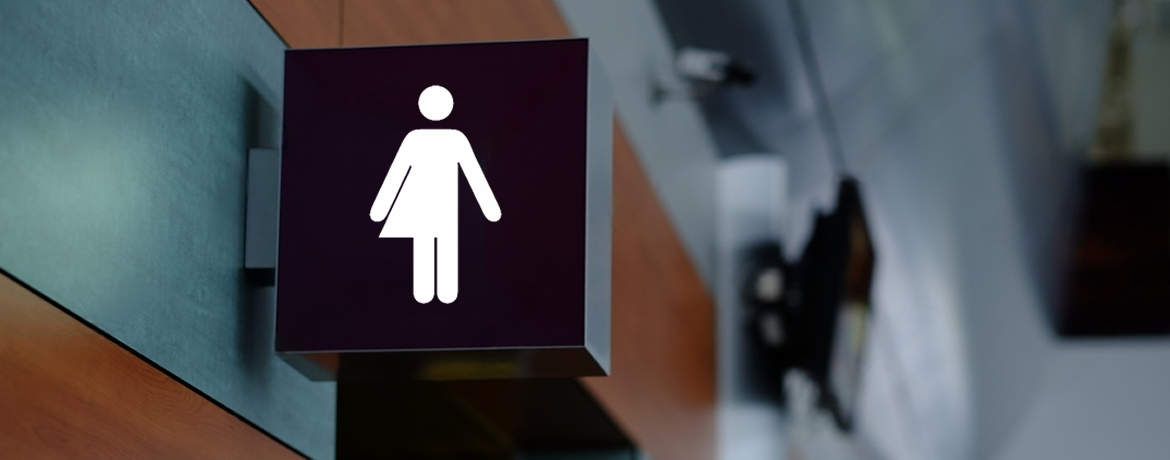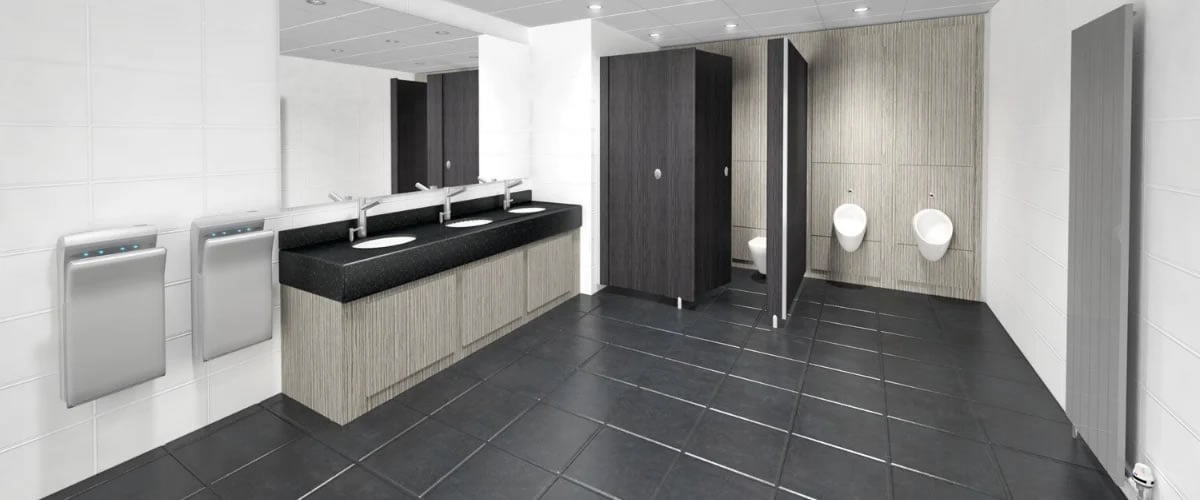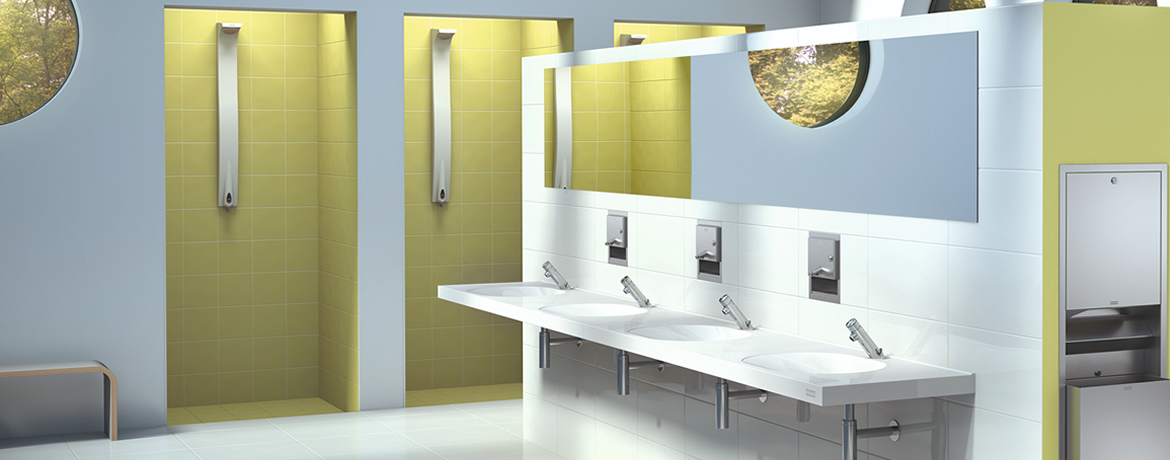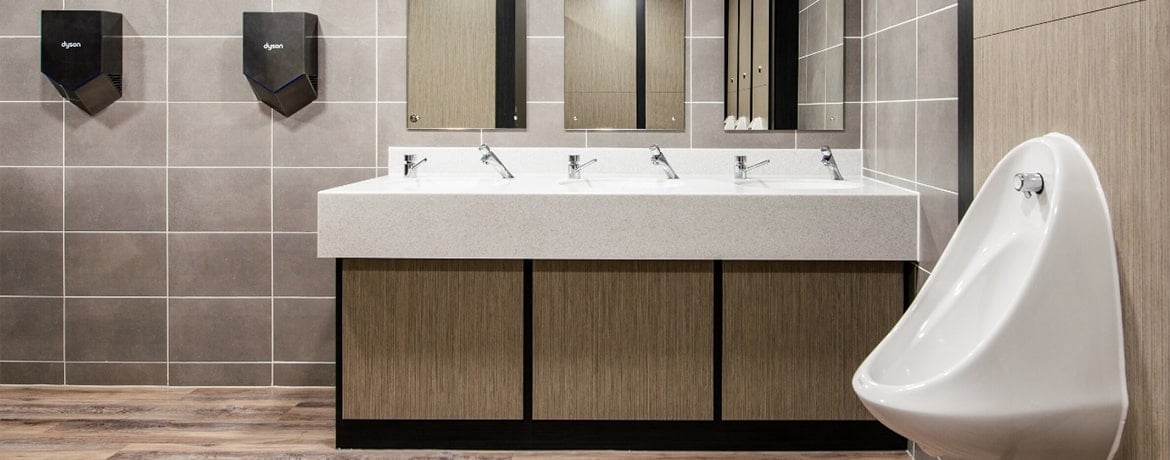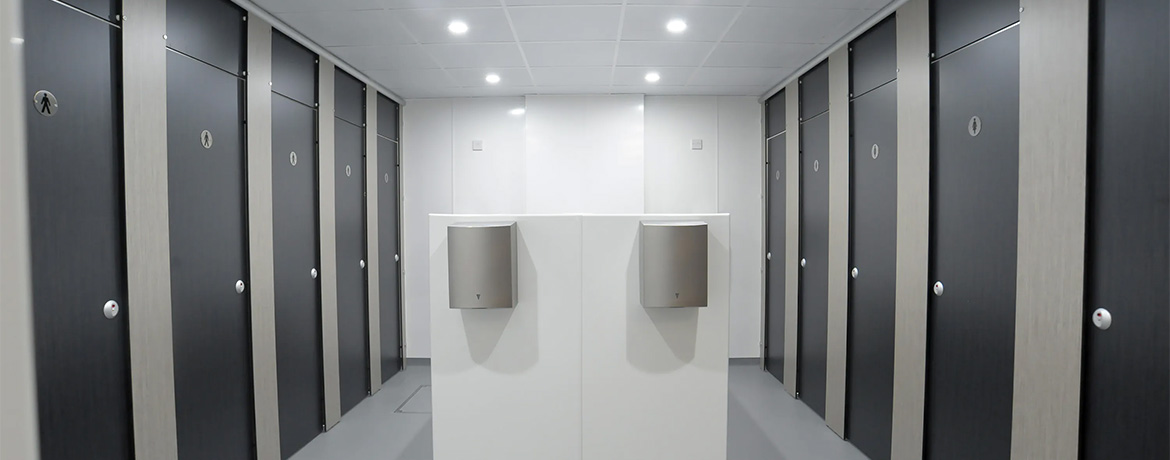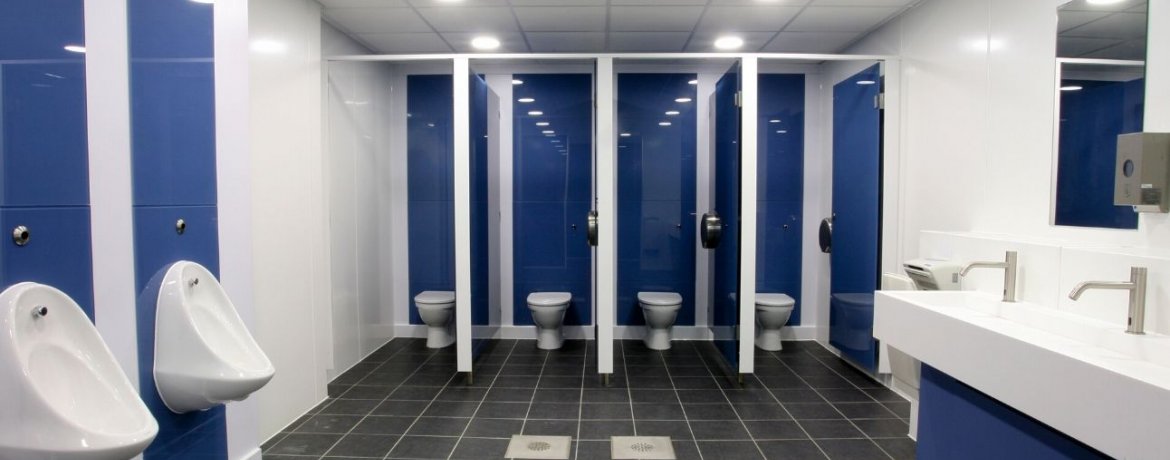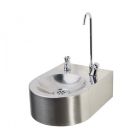School Toilets Focus: Facilities That Teach

See Also: Toilet Refurbishment Services
Today many schools are using the washroom as a way to promote a positive and responsible attitude towards waste and the environment. In early years education settings there has long been a drive towards nurturing good personal hygiene habits and installing fun, colourful washrooms still play an integral role in this.
Encouragement for young users can be delivered through playful fittings like the Kindergarten taps, which have faces on, or the Biobot hand dryer which also features a face – in many junior schools the hand dryer is often given a name too.
Think water bottles, not just fountains
Water Bottle Filling Stations have become the more contemporary version of the old-fashioned water fountain. This not only helps to promote the importance of hydration but also plays in significantly with today’s war on single-use plastic. This can be an incredibly sensible move in Secondary and Upper schools where vending machines might currently sit. Campaigns to reduce the school's plastic footprint and improve student health can be incredibly productive.
However, personal water bottles are now being encouraged in primary schools too and having a location where children can refill their water bottles themselves helps empower them in their independence. Siting them just outside the washroom is often a popular location as access to mains water is easily found.
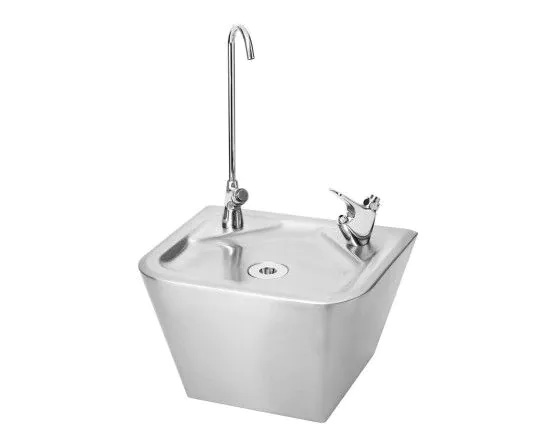

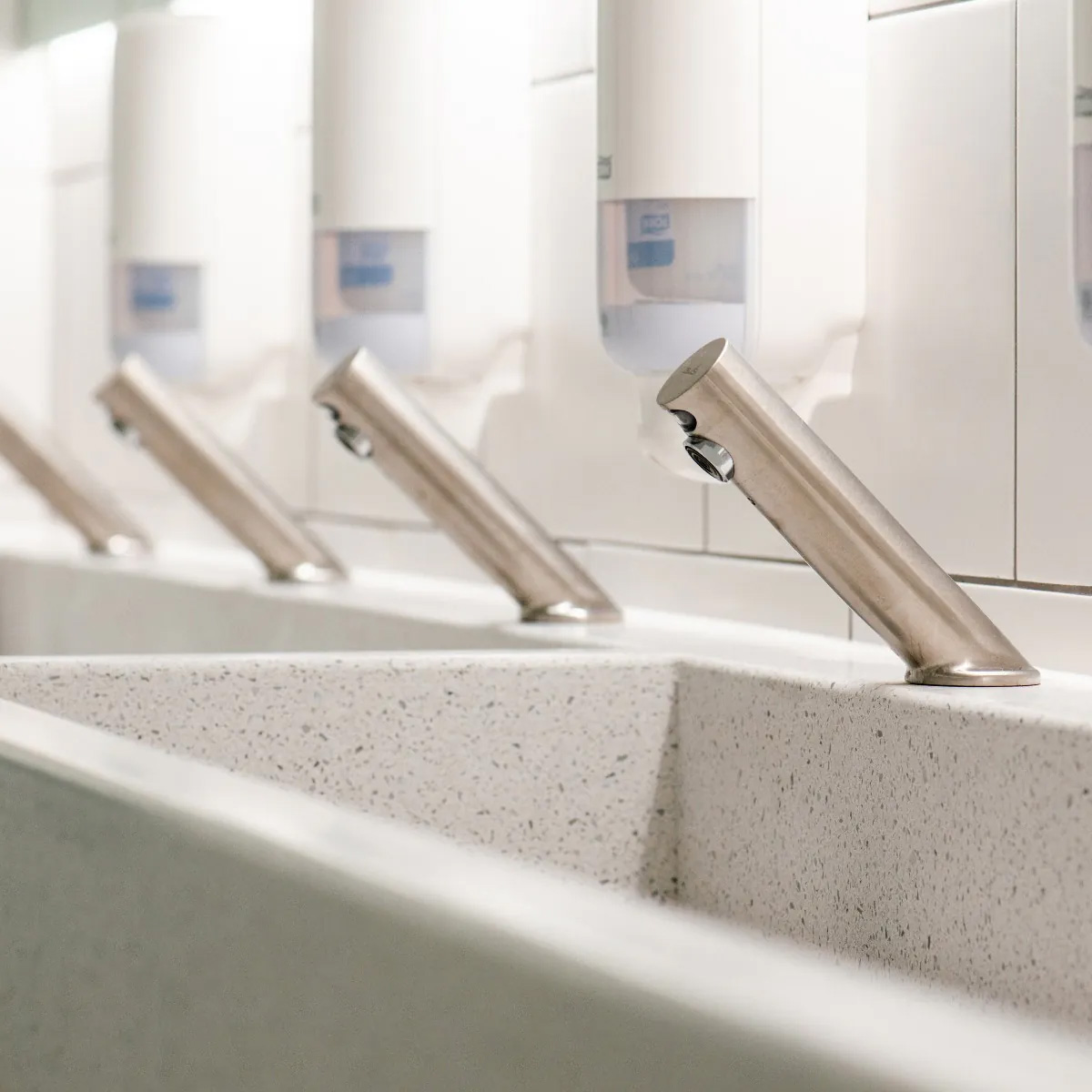

PIR lighting and sensor activation
The investment in sensor-activated taps, dryers, flushers and lights can bring huge financial savings in schools thanks to them only flowing water, or electricity, when a user actually needs them. Traditionally, lights could be left on in the washrooms all day long even when they’re not being used. One of the great advantages of these systems is that users have no choice for alternative and become actively compliant without even trying.
Communicating the message
As with anything, communication is key. Students need to know why certain installations have taken place, and what the knock-on effect is of their actions. This helps deliver a more positive, reinforced message when things like sensor activation are in place, as you can tell the students what they are actively participating in - such as aiming to half the school's water consumption by 2020.
Putting it into terms that students can get behind
In junior settings, the pride of reducing water usage or plastic consumption can be enough, but as children get older, there may need to be some incentive to keep moving forward. Using the money your school has saved by installing Waterless Urinals or sensor taps could be used to fund something exciting, or be donated to a charity that the school is supporting.
Energy and water efficiency is a sensible step for any school washroom, but by communicating the message effectively, schools are leading the way by using it as a tool to empower students with environmental, and social responsibility.
As always, our team are at the end of the telephone for all your queries and questions and have a wealth of knowledge they’re happy to share with you. So if you need some guidance, or would like to talk over your options, you can give them a call on 01202 014650.
Got a question? Get in touch
MORE TO EXPLORE IN Related Posts

DVS Aquarius Deck Mounted Sensor Tap (A32)
As low as £285.60 £238.00
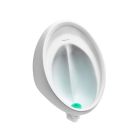
Armitage Shanks Sanura HygenIQ 50cm Waterless Urinal
As low as £460.80 £384.00
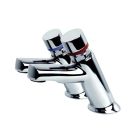
Inta Basin Mounted Non Concussive (Push) Taps

